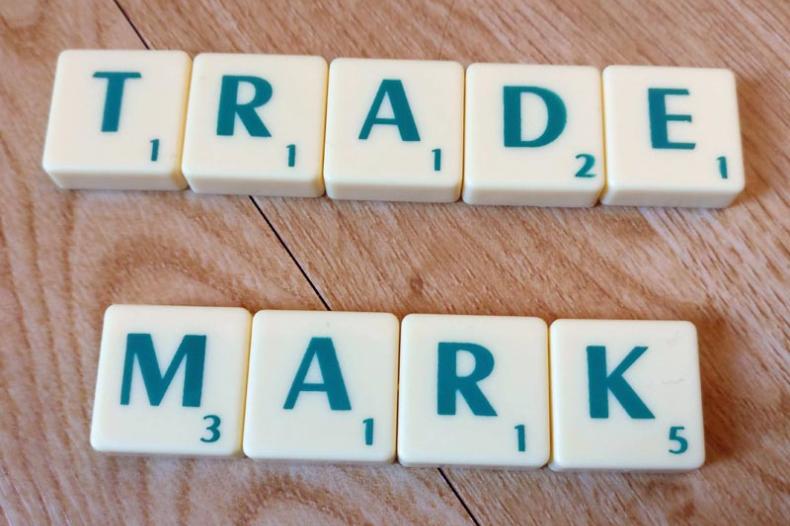What is trade mark classification?
NICE classification is the system used to define the types of goods or services a trade mark will protect.

When you apply for a trade mark you must state what specific goods and/or services it will cover. This allows others to see the scope of protection you are seeking with your trade mark.
The list of goods and services that can be included in a UK or EU trade mark application is grouped into 45 categories (known as ‘classes’):
- goods are listed in classes 1 to 34
- services are listed in classes 35 to 45
This classification system is known as the Nice Classification, and is used by many countries worldwide.
One trade mark can cover multiple classes. All classes have a title, which indicates broadly what is covered in that particular class. Each class then has a specific, often extensive, list of goods or services which are covered.
If your trade mark was intended to be used on a new sports shoe, you could select “footwear” as a broad term in class 25. You might also wish to include more narrow terms such as “sports shoes”, also in class 25. You might consider class 35 to cover, for example, retail services in relation to footwear and sports shoes.
It is important to choose the right class on your trade mark application. It is not possible to expand your list of goods/services after a trade mark has been filed – you would need to file a new trade mark application.
To obtain a UK trade mark, you must also sign a declaration to say that you intend to use your trade mark for those goods/services.
A trade mark registration is valid for 10 years until it needs to be renewed. It is important to plan ahead and protect your trade mark in as many classes as you intend to use it for.
However, five years after registration, your trade mark becomes vulnerable to being cancelled and removed from the register if you are not using it for the goods or services that it is registered to protect.
How much does it cost?
For a UK trade mark, the official fees for an extra class are £50.
For an EU trade mark, the official fees are €50 for a second class and €150 for each additional one thereafter.
If you are filing an international registration it will depend on which and how many different countries you select. Click here for more information on international registrations.
We recommend seeking advice from a Chartered Trade Mark Attorney to get the best advice on how to file and protect your trade marks.

